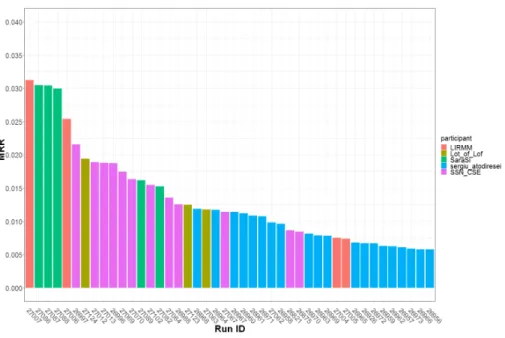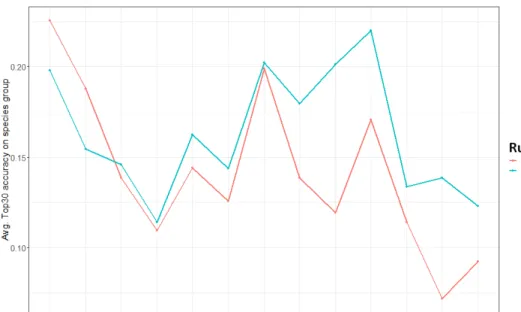Overview of GeoLifeCLEF 2019: plant species prediction using environment and animal occurrences
Texte intégral
Figure




Documents relatifs
ON THE HOMOLOGY AND COHOMOLOGY OF COMPLETE INTERSECTIONS WITH ISOLATED SINGULARITIES.. Alexandru
Toute utili- sation commerciale ou impression systématique est constitutive d’une infraction pénale.. Toute copie ou impression de ce fichier doit conte- nir la présente mention
In this paper we have introduced a new heuristic method for the CLRP based on a GRASP followed by the iterative solution of a new ILP model, the location-reallocation model (LRM)..
Opening the cursor allocates memory for the cursor and makes it ready for fetching the rows returned by the SQL statement into it. For example, we will open above-defined cursor
SYSTEM 1 - Kit includes 8080 vectored interrupt processor with real time clock, liz K of RAM and 1K monitor on ROM: Video Terminal Interface displays 16 lines of 32 characters
Location-Based Plant Species Prediction Using A CNN Model Trained On Several Kingdoms - Best Method Of GeoLifeCLEF 2019 Challenge.. Mathilde Negri 3,4 , Maximilien Servajean 2,3
We compared three main types of models: (i) a convolutional neural network trained on environmental variables extracted around the location of interest, (ii) a purely spatial
In general, we say that an n-dimensional compact manifold M with n > 4 is of class C if either the A- genus of M (see refs. 2 and 3) is zero or, for every finite covering space of
